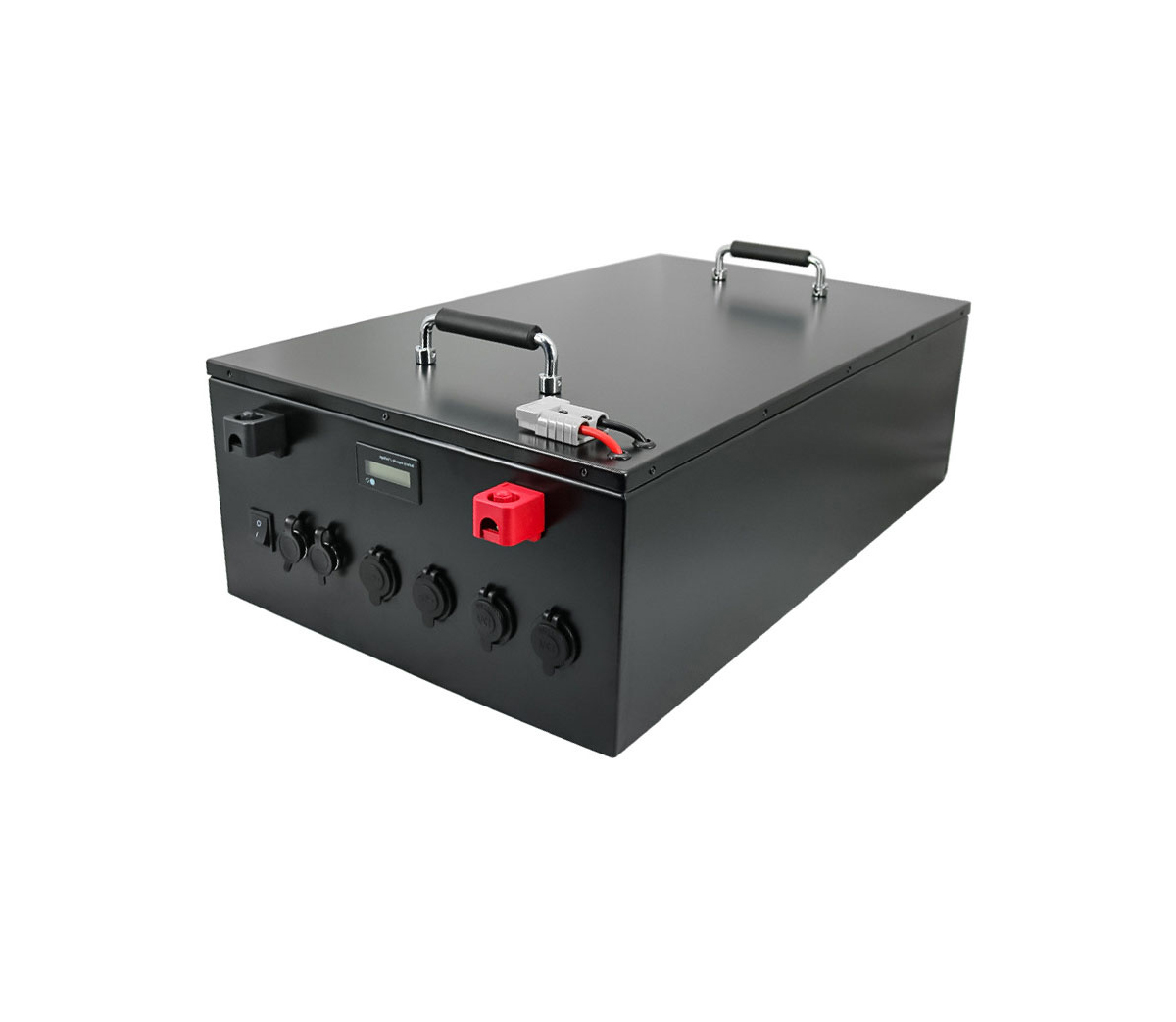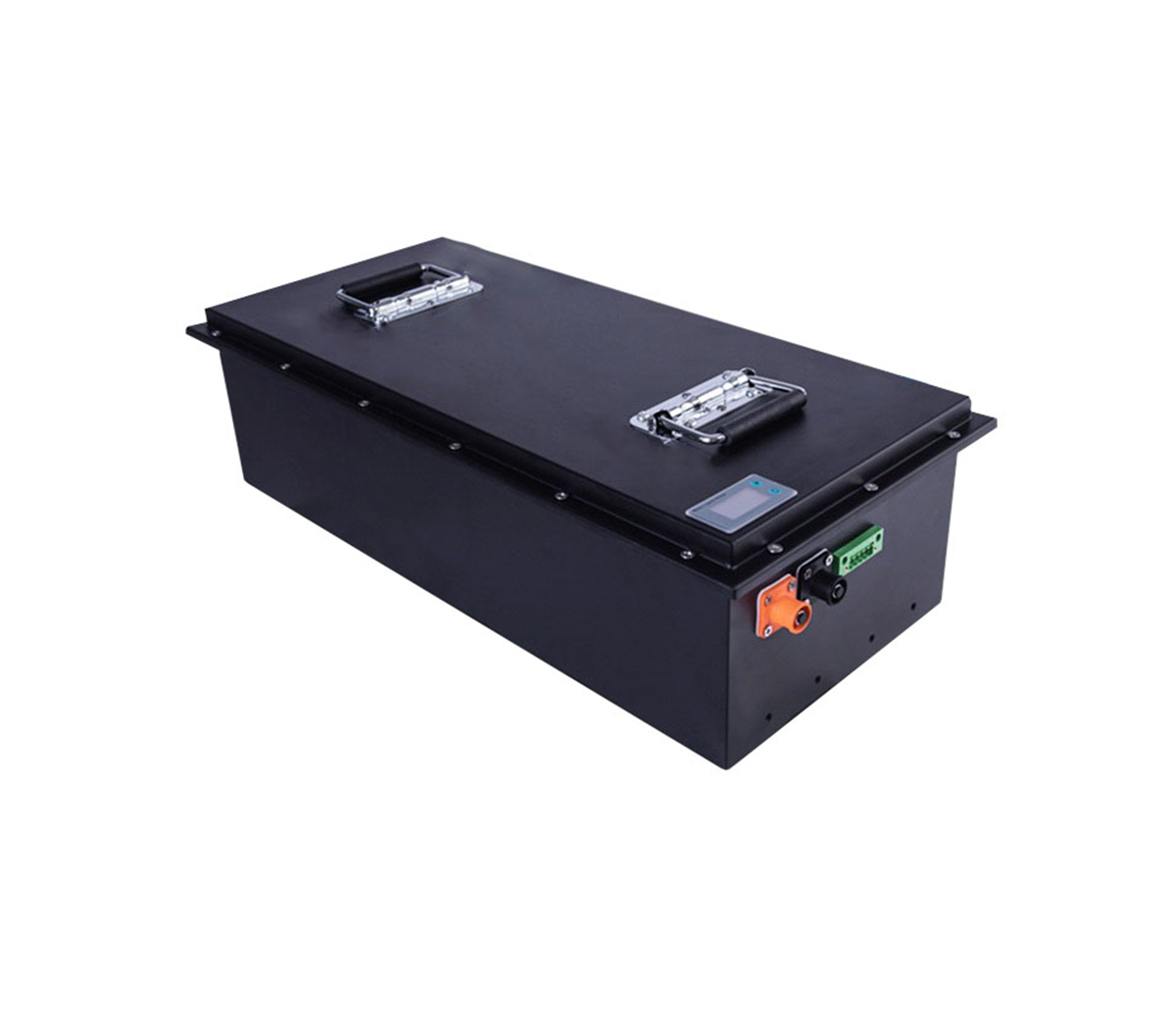
The world is waiting for a breakthrough in the battery field. Almost every
part of the electronics industry needs batteries, which are limited by the power
output and energy life of the batteries.
Battery can be said to be a necessity in our lives. Electronic products
such as mobile phones and computers are inseparable from batteries. Therefore,
the development of the battery field has also attracted people's attention, and
scientists are also working to develop new batteries with stronger energy
storage and longer life. In different fields, scientists are developing
batteries that are more suitable for this field, because there is no battery
that can be suitable for all fields.
The world is waiting for a breakthrough in the battery field. Almost every
part of the electronics industry needs batteries, which are limited by the power
output and energy life of the batteries.
"The development or progress of batteries is much slower than in other
areas. This is the limitation of the battery itself." said Stefano Passerini,
editor-in-chief of Journal of PowerSources. "You can't expect a battery that can
power your phone for a week or a month. To put it bluntly The maximum energy
stored in the battery is determined by the inherent elements."
But there is still progress in this field. Researchers are working to
improve the energy density (volume-to-volume ratio), value, safety,
environmental impact, and trial life of lithium-ion batteries, and are designing
new types of batteries.
Batteries are mainly used in three industries: consumer electronics,
automobiles and grid storage.
Venkat Srinivasan, deputy director of research and development at the Joint
Center for Energy Storage Research (Department of Energy's Joint Center for
Energy Storage Research), said: “I call the above three industries the three
areas where people connect with batteries. Each area has different requirements
for batteries, so all The battery used may (sometimes) be very different. The
mobile phone in your pocket needs a strong and safe battery, so weight and cost
do not need to be considered too much. For the car battery industry, a lot of
batteries are needed, so cost and weight. And the cycle life (if the new Tesla
needs to replace a new battery every two years, you will be crazy) becomes very
important. The battery used to store the electricity of the house and the grid
does not require high weight or size.
For decades, consumer electronics products-mobile phones, computers,
cameras, tablets, drones and even watches-have used lithium-ion batteries, due
to their easy charging and high energy density characteristics. In these
batteries, a graphite lattice filled with lithium ions forms the anode. The
oxide forms the cathode, which is connected to opposite ports, and the two are
separated by a liquid electrolyte that allows ions to pass through. When the
external port is connected, lithium oxide and lithium ions flow to the cathode.
When charging, the situation is just the opposite. The more lithium ions that
can be transferred in this way, the greater the power of the battery. Regardless
of its battery life and safety, the size and ease of use of lithium batteries
are also popular among people. However, Passernini said there is limited room
for further optimization of lithium batteries.
"Lithium batteries are now close to the limit," he said, "Although we said
the same thing 10 years ago, the improvements in the past 10 years are not
small."
In the automotive industry, the battery ultimately determines the life of
the car, and also determines people's fear and anxiety about electric vehicles.
To solve this problem, engineers and scientists are trying to fill more voltage
capacity into the battery. However, the decrease in voltage capacity is usually
related to the chemical reaction inside the battery, and the chemical reaction
that occurs gradually increases over time, so the capacity will gradually
decrease. A lot of research is devoted to finding new materials and chemicals to
assist or replace the lithium-ion lattice or other parts of the battery.
Srinivasan pointed out some potential innovations that can not only be used
in automobiles: the traditional graphite anode lattice can be replaced with
silicon, which has 10 times more lithium ions. But silicon expands when it
absorbs lithium ions, so researchers need to solve this problem. Or lithium
metal can replace the lattice as the anode-but we don't know how to prevent it
from short-circuiting during charging. Since the advent of lithium batteries
decades ago, battery manufacturers have been working hard to solve this problem.
"We are very hopeful. Now we may be able to solve this 30-year-old problem,"
Srinivasan said.
Maybe lithium can be completely replaced. Researchers are looking to use
sodium or magnesium instead, and the Joint Energy Storage Research Center is
using computer modeling to study the use of specific oxide materials as the
cathode corresponding to the magnesium anode. Magnesium is very advantageous
because its structure allows each atom to accept two electrons, which doubles
the charge that magnesium can store.
Prashant Jain and his collaborators at the University of Illinois are
studying another component of lithium batteries: electrolytes. The electrolyte
is a fluid that fills the space between cations (positively charged ions) and
anions (negatively charged ions) and allows charged particles to flow through.
We knew a long time ago that certain solid materials, such as copper selenide,
also allow ions to flow, but cannot run high-power equipment fast enough.
Assistant Professor of Chemistry Jain and his students have developed a
superionic solid made of copper selenide nanoparticles with different
properties. It allows charged particles to flow at a rate comparable to that in
the liquid electrolyte.
The potential benefits of this technology are twofold: safety and life
cycle. If the current lithium-ion battery is damaged, the battery short-circuits
and heats up, and then the liquid evaporates, nothing prevents the rapid release
of energy. The solid will prevent short circuits and can use all-metal anodes,
thereby providing greater energy capacity. In addition, in repeated cycles, the
liquid electrolyte will dissolve the cathode and anode, which is the main reason
why the battery cannot be charged in the end.
"All these incremental improvements have actually made some progress. But
there has never been a breakthrough development that shocked the four seats. The
transport capacity of solid electrolytes is not worse than that of liquids,"
Jain said. "But this will bring safety issues, maybe In the use of solid
electrolytes, we still need to open our minds and make something that can
completely replace liquid electrolytes in one hit."
One of the co-inventors of the first generation of lithium batteries, John
Goodenough, an honorary professor of engineering at the University of Texas, is
taking another direction of research on solid electrolytes. He announced and
submitted a glass-based electrolyte. Patent application for battery. By
impregnating glass with lithium or sodium, Goodenough has been able to make
current flow faster, while also using solid anodes to prevent short circuits and
increase energy capacity.
All these studies will have an impact on the batteries in our pockets and
cars. But the battery has a third usage, and its impact is global.
MelanieSanford uses modeling tools on different types of batteries (huge
redox flow batteries) that can store electricity from renewable energy power
plants and release energy when wind and solar power is not available. The level
of energy production and consumption at night will help renewable energy expand
its scale, not just acting as a backup power.
Edison in Southern California is already using Tesla's car battery test
battery library, but because the battery is a traditional lithium-ion-based
battery, the cost is too high to be widely promoted at the global renewable
energy level. In addition, the limits of grid batteries are very different from
those of automobiles. Weight and size are not issues, but price and life cycle
are issues that need to be considered.
"In a redox flow battery, the energy storage material is held in a large
container in liquid form, then pumped to a smaller battery, and reacts with an
analog with an opposite charge. Computer modeling has allowed Sanford's
laboratory to custom design organic molecules to increase their holding capacity
by thousands of times—the time these molecules remain stable from less than a
day to several months.
"Grid-scale power supplies require ultra-cheap materials, because the
batteries we are talking about here are very large," Sanford said. "What we are
talking about now are wind farms and storage battery warehouses of a
corresponding size."
According to Sanford, the direction of innovation is mainly to develop new
materials that can be used in batteries through materials science. On the other
hand, innovation requires engineers to build systems that make these materials
more efficient. Both are indispensable, but the process from research to
production will inevitably be another bottleneck.
"Everyone should realize that there is no battery that can be used in all
scenarios," Passerini said. "It is clear that even a 10% or 20% increase in
performance is already very impressive. We must continue in this field. For
research, scientists need everyone’s support."



































